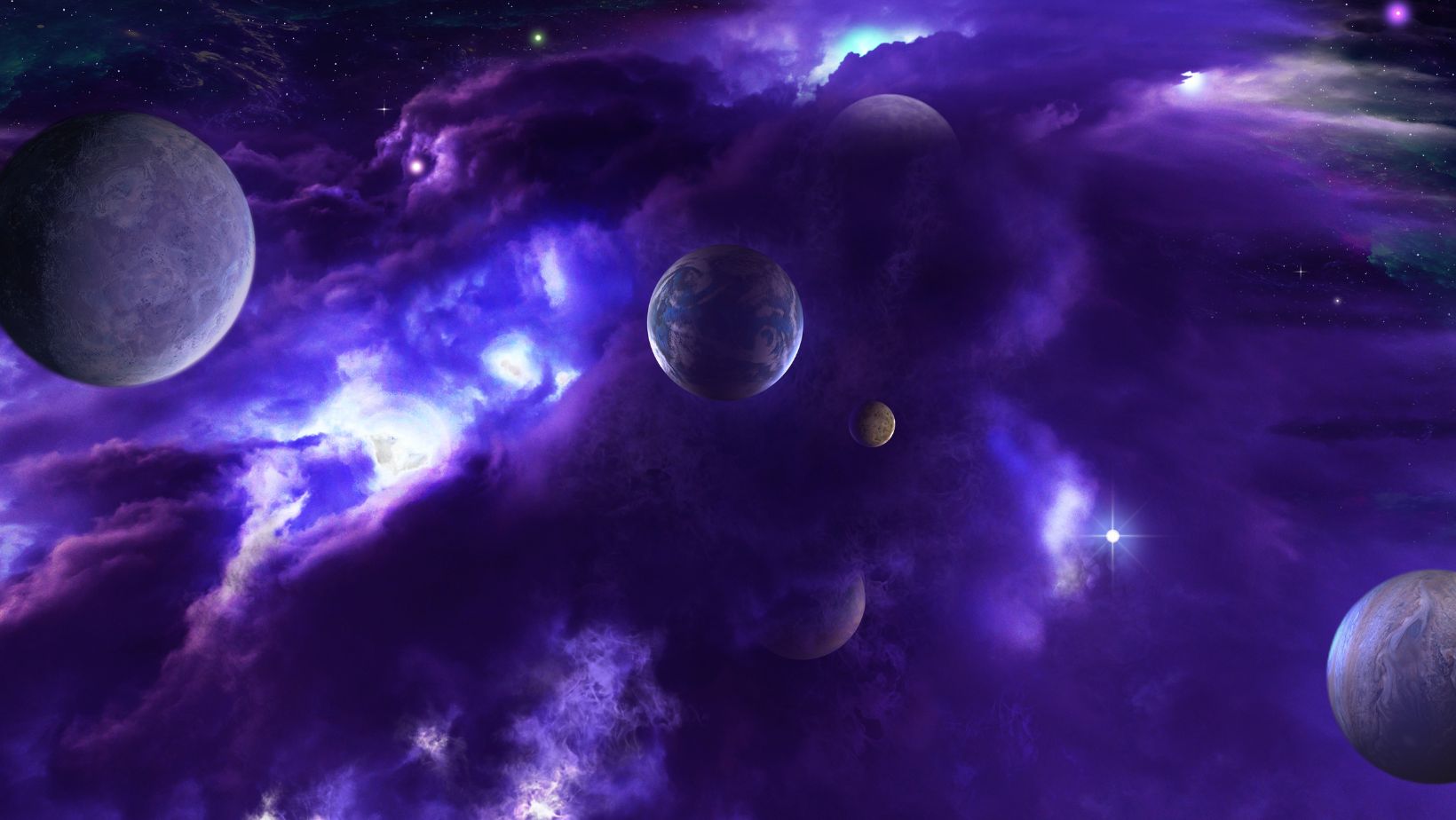Contents
Table of Contents
ToggleIs Space A Vacuum
Space, the vast expanse that surrounds us, has always been a subject of fascination and intrigue. Yet, it is also shrouded in many misconceptions. One common misconception is whether space is a vacuum or not. So, let’s delve into this question and debunk some of these misconceptions once and for all.
Contrary to popular belief, space is indeed a vacuum. It may seem counterintuitive since we often associate vacuums with emptiness or nothingness. However, in the context of physics, a vacuum refers to an area devoid of matter particles and air molecules. And this is precisely what characterizes the vastness of space.
In space, there are no air molecules or atmospheric gases like we have here on Earth. The absence of these particles creates an environment where sound cannot travel and objects experience little to no resistance when moving through it. This vacuum-like nature allows celestial bodies to orbit freely without any frictional drag impeding their motion.
So, next time you gaze up at the night sky filled with stars and wonder about the nature of space, remember that it’s not empty but rather a fascinating vacuum – a realm where physical laws take on new dimensions and our understanding continues to expand.
What Is A Vacuum?
When we think of the word “vacuum,” our minds often jump to images of household cleaning appliances or empty spaces. However, in the context of space, the term “vacuum” takes on a different meaning. It refers to an area devoid of matter and air, where there is an extremely low pressure.
Understanding Pressure And Density
To truly grasp the concept of a vacuum in space, it’s crucial to understand pressure and density. Pressure is the force exerted on an object per unit area, while density refers to how much mass occupies a given volume. In a vacuum, both pressure and density are close to zero.
Space: Not Completely Empty
Contrary to popular belief, space is not entirely empty. Even in areas considered a vacuum, there are still traces of particles known as interstellar medium. These particles include atoms, molecules, dust grains, and even radiation from stars.

The Scale of Space Vacuums
Space vacuums can vary greatly in terms of their level of emptiness. Some areas may have slightly higher densities due to cosmic dust clouds or nebulae. On the other hand, regions between galaxies can be incredibly sparse with almost negligible amounts of matter.
The Void Beyond Earth’s Atmosphere
Once we leave Earth’s atmosphere and venture into outer space, we enter an environment with significantly lower pressure compared to what we experience on our planet’s surface. This decrease in atmospheric pressure creates conditions that resemble those found in a vacuum.
In conclusion…
Space may not be an absolute void but rather consists of varying levels of low-density particles dispersed throughout immense distances. While it may not fit our traditional notion of what constitutes a vacuum here on Earth, it remains far less dense than any atmosphere or material present on our planet.
So next time you gaze up at the night sky and ponder whether space is truly empty, remember that there’s much more to it than meets the eye.

